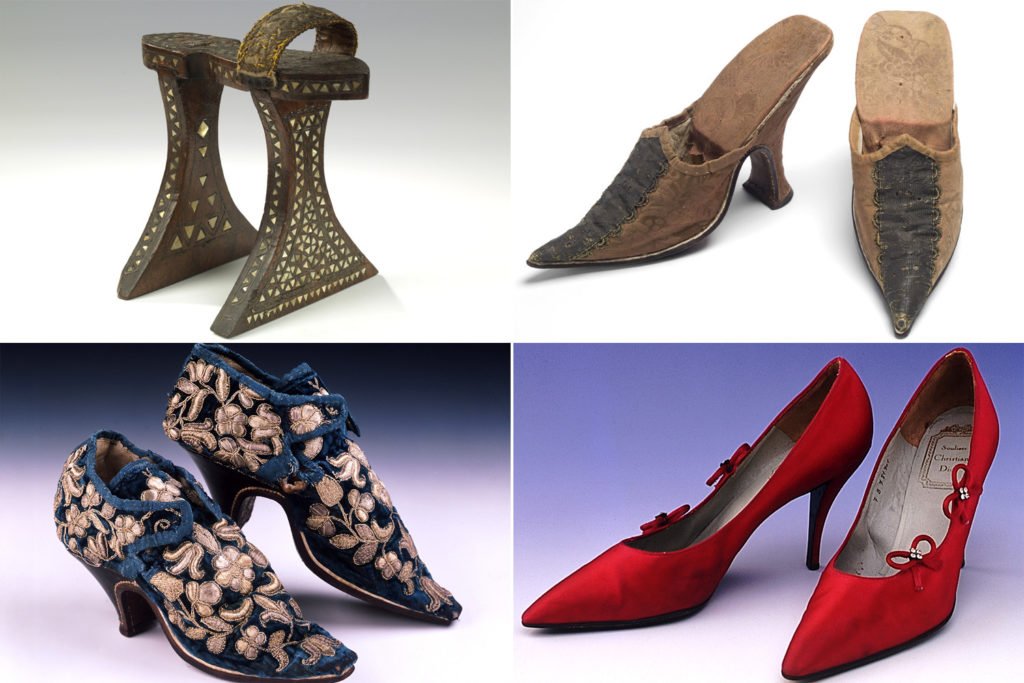How do they walk in these things?” grumbles Jack Lemmon, stumbling in his heels, newly dressed as his alter-ego Josephine, in “Some Like It Hot”. Like “jello on springs”, he marvels, when Marilyn Monroe sashays down the station platform. Monroe in high heels is the embodiment of a certain version of femininity – dainty, sexualised and uncomfortable, with limited mobility, and pandering to the male gaze.

High heels were, in fact, originally designed for men – and had an immensely practical purpose. Soldiers on horseback wore them in tenth-century Persia, according to Elizabeth Semmelhack of the Bata Shoe Museum in Toronto. The heel helped keep them stable as they stood up in their stirrups and took aim at enemies with bows and arrows (cowboy boots still use heels in this way). Over time, heels appeared on the shoes of male aristocrats across Europe. Yet from the mid-17th century, heels became associated with supposedly “feminine” qualities such as frivolity, and so became women’s wear.
Until the mid-20th century heels were chunky, clunky things. After the second world war, techniques and materials used in aircraft engineering were applied to shoes, creating the stiletto. The spindly heel requires a thin metal shank, strong enough to bear the wearer’s weight yet flexible enough to allow the shoe to move.
Shoemakers and wearers have searched doggedly for a heel that is both high and comfortable. They aim to mitigate the angle created by a high heel, which forces the few square centimetres of the ball of your foot to bear the entire weight of your body. Joan Oloff, a podiatrist-turned-shoe-designer, makes footwear lined with memory foam to absorb the shock of each painful step. The sole is crafted to support the arch of the foot and distribute the wearer’s weight more equally. Antonia Saint Dunbar, an entrepreneur, makes shoes with a heel cup and strips inside to stop the foot slipping around and getting blisters. Feet are unique and rarely conform perfectly to standard sizes, a problem that the downward angle of heels exacerbates as it changes their shape further. Sandra Gault has developed an app to create 3D images of your feet, which can be used to create perfectly fitting shoes. And growing numbers of companies make shoes with adjustable heels: two inches for the boardroom, four for the nightclub, none for the schlep home.
For those looking for cheaper options, myriad hacks exist. Taping your third and fourth toes together gets good reviews. Having Botox injected into the soles of your feet has an anaesthetic effect but leaves you oblivious to the moment when things (or you) come tumbling down. The wisest are stepping down altogether: in 2016, for the first time, more British women bought trainers than heels.
Culled from 1843

